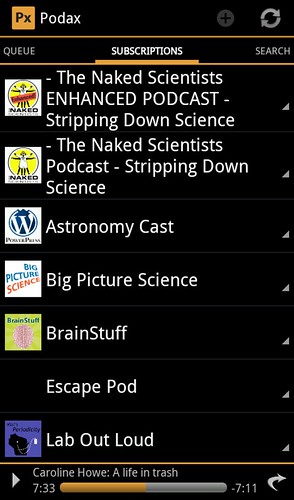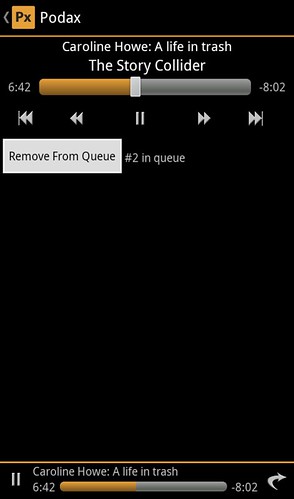Space Stations

Space Stations appear everything from science-fiction dreams of extra-planetary life in space to research in low earth orbit. For many in the public, their first experience with any sort of space station began with the iconic pinwheel style station used in the film 2001: A Space Odyssey. Gracefully floating through space while spinning it was majestic and in 1968 when the film was released, we may have been heading toward a future with space way-station and we may be on our way there again with a new proposal by NASA to put a station on the far side of the moon at Lagrange point 2. In this post I want to talk mostly about early space station history and interesting facts pertaining to space station history.
SpaceLab and MOL
.jpg) |
| Skylab in orbit |
The first US space station was Skylab. Launched in 1973, Skylab orbited from 1973 till 1979 when, entering the atmosphere Skylab burned up and parts of the station were spread South-East of Perth, Australia. Interestingly Skylab almost did not come into fruition. The Air force was working on a Manned orbiting Laboratory(MOL) that would have been used for a variety of different experiments but mainly for reconnaissance utilizing large optical cameras as well as side scanning radar. Eventually the Air Force decided that unmanned spy satellites were more cost effective for spying and MOL was scrapped. Skylab orbited for 2,249 days but was only occupied for 171 during 3 manned space flights to the station. During manned occupation of Skylab astronauts were able to confirm the existence of coronal holes in the Sun and collect data on the effects of microgravity on humans.
 |
| Proposed MOL Space Station |
In 1974 NASA had planned to mothball Skylab but performed 2 studies detailing the reuse-ability of the station. An early shuttle mission would have boosted Skylab to a higher orbit extending its life by another 5 years and subsequent shuttle flights would upgrade and retrofit Skylab for a variety of experiments. In 1979 greater than expected solar activity heated the outer layers of the Earth's atmosphere increasing drag on the orbiting station and in turn brought about its demise faster than initially expected.
Almaz
Because of the perceived threat to the Soviet Union that the MOL presented the Soviet Space program responded by developing and launching three space stations. The Almaz program that launched the three stations designated them as civilian Salyut Space Stations as a cover for their real military purpose.Salyut 2
Salyut 2, the first to be launched, failed 13 days into its mission. Three days after launch the third stage of the delivery vehicle exploded causing debris to collide and sever a fuel line. Salyut 2 entered the atmosphere on May 28, 1973.
Salyut 3
 |
| Salyut Station Depiction |
Salyut 5
The final of the three Salyut stations was launched on June 22, 1977 and used actively for reconnaissance but also several experiments were carried out. Crystals were grown in space and an aquarium where fish were studied in a microgravity environment were also on board. Additionally cosmonauts had a televised conference with school students while in space. On the first mission the cosmonauts left earlier than planned because the air became contaminated causing physical and psychological problems for the crew. Salyut 5 was deorbited on August 8, 1977.
I wrote this article because it interested me, and I were interested you may also be interested. I didn't know that there was a manned space reconnaissance program until I began reading about Skylab's history, and had never really considered it. With spy satellites I had assumed there had been no manned reconnaissance initiative but I see the logic behind the programs and the reason for their ultimate demise.
There is certainly more space station talk to be had and I plan to cover the proposed new station to be positioned Lagrange 2 and the ISS but that is for a future article. Please feel free to comment any facts or information you may have regarding space stations below.
Have a great weekend!



































